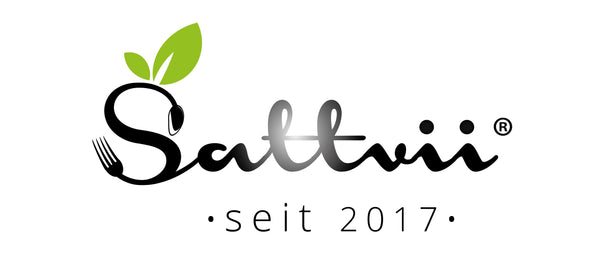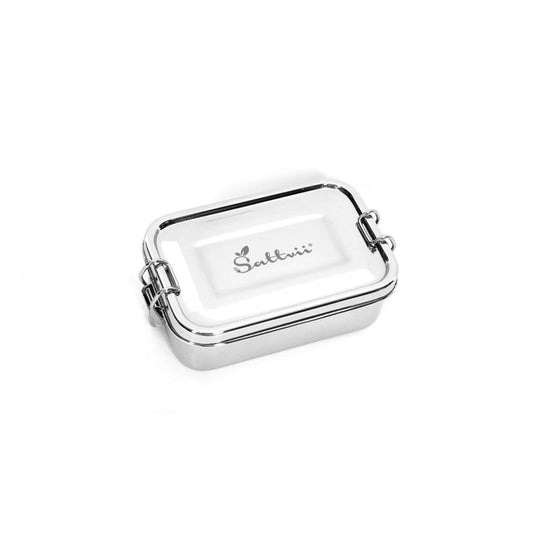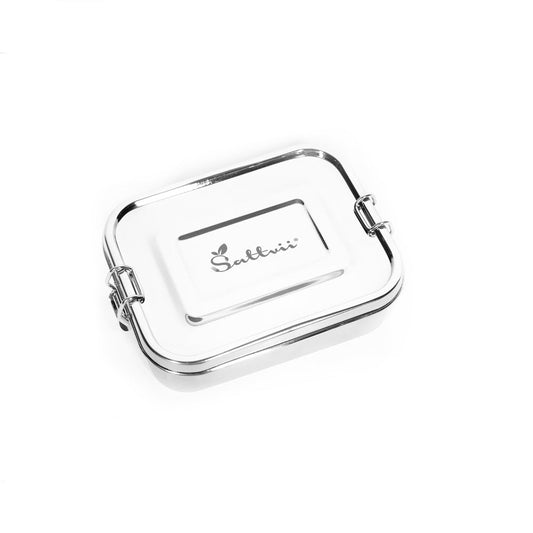
What is sustainable design and what makes it special
shares
Eco-Design, Green Design or Ecodesign - a mixture of design and ecology. This corporate philosophy is now widespread and we can find it on every corner. Whether at your favorite bakery, where you can now bring your own coffee mug and have it filled up instead of using environmentally harmful disposable mugs. Or at the local meat and sausage counter in the supermarket, where you can have your purchased goods packed in a lunch box you brought with you for your child's school instead of in annoying plastic bags.
What constitutes sustainable design and why it is so good - we will tell you about that in today's blog post.
Also interesting:
Wonder material stainless steel
Together for more sustainability

If your mug at the bakery or your lunch box at the cheese counter is made of a certain material, such as stainless steel, you will be able to use it again and again and you will So something good for the environment.
Ecological awareness is great and brings us all a step further when it comes to living in harmony with our environment again.
More and more industries and product worlds are therefore taking many aspects into account when it comes to developing a new product. For example, it is important to pay attention to the following points in the design:
Which materials do I want to use? How are the materials manufactured and processed? How much energy is needed to manufacture the materials and the product? How is the product packaged and how much energy does the cost Transportation?
It's also important to know - how long does the product actually last? The longer the better of course! And can the individual parts be separated and recycled after use?
All important questions, which of course should also contain a social answer.
For example, the member states of the European Union were obliged to ensure from 2016 that 45 percent of all sold new devices are recycled. From 2019 even 65 percent.

Implementation and examples
The realization of ecological awareness in design can be seen in various examples.
The best known and most popular is certainly recycling, as most of us know it. For example using shoulder bags from discarded truck tarpaulins the graphic designers Markus and Daniel Friday
Another way of manufacturing sustainable products is, for example, using biodegradable materials such as corn or potato starch, bamboo fibers or biodegradable plastic compounds.
Sustainability can also be reduced water and energy consumption in the production of a certain product. At Sattvii, for example, we rely on the reusable and robust material of our stainless steel lunch box on the aspect waste avoidance.
Stainless steel is environmentally friendly, free from harmful BPA, suitable for multiple reuse and absolutely rust-free and odor-free Our lunch boxes for the kindergarten show their robustness, especially when it comes to the temperatures they can withstand. Food can be stored and transported from -40°C to +240°C . In addition, our lunch boxes are oven- and suitable for freezing.
No more green romance
There are many different positions in a company. For example, there are designers, technicians, chemists, marketing experts, etc. The cooperation of all positions is important in this respect in order to create a high-quality product for the customer.
Of course - fairly produced products usually cost a little more, but environmentally conscious customers also demand this sustainability from the brands they trust and that's a good thing.
Today, the eco-argument is no longer green romanticism, but an indispensable component of credibility in the marketing strategy of companies.

Upcycling
Turn old into new! Or even better! "Cycling" comes from English and means that a product can be placed in a cycle of recycling or in individual parts is further processed into a completely new product.
"Up" means "up" and means that the old product is practically upgraded and thus improved through the recycling process. It starts with small things. For example, empty jam jars. Why throw away? With a little creativity, these can be transformed into pretty flower vases. Lanterns can be made out of old tin cans, for example. Your original product is therefore more beautiful than before, will continue to be used and will not be thrown away unnecessarily. Clothes made from recycled plastic waste and PET, the aforementioned bags made from truck tarps, or decorations made from driftwood. All typical examples for upcycling. Waste is created and this in turn offers new possibilities for a new design or a new purpose. The term “design” could mean things like fashion, luxury, furniture or cars, right? That's true somewhere, but not only. As already mentioned, it is also important to design infrastructure, communication processes, systems or services. There are now experts who ensure that “design niches” are designed to be particularly ecological, green and as sustainable as possible. So-called eco-designers deal with materials, longevity, resources, energy efficiency, etc. They have to try to treat the environment as gently, regeneratively and sparingly as possible. The Alliance of German Designers (AGD) created the "Charter for Sustainable Design" as a motivation for designers. It states that the designers ecologically, fair and still economically work successfully must. If designers work according to this, the product can ultimately be more sustainable, more conscious and be designed more gently. However, this AGD program is not a certification or quality sign. So in summary, designers have a certain responsibility.Namely a responsibility for the sustainable use of resources, the environment and people However, sustainable design is also a process and we are right in the middle of it. Of course, the best would be a long-term improvement of existing products and processes. Brands and labels have to meet various criteria so that they can also call themselves "sustainable". These include short transport routes, sustainable materials, resource-saving Trustworthy certificates that help you to better recognize a sustainable product are, for example, the FSC seal of quality, the PEFC seal of approval, ÖkoControl or “ We hope we were able to give you a good insight into the topic of "sustainable design" in today's blog post. If you have any further questions or concerns please feel free to contact us at any time!areas
The Sustainable Design Program
Credibility





